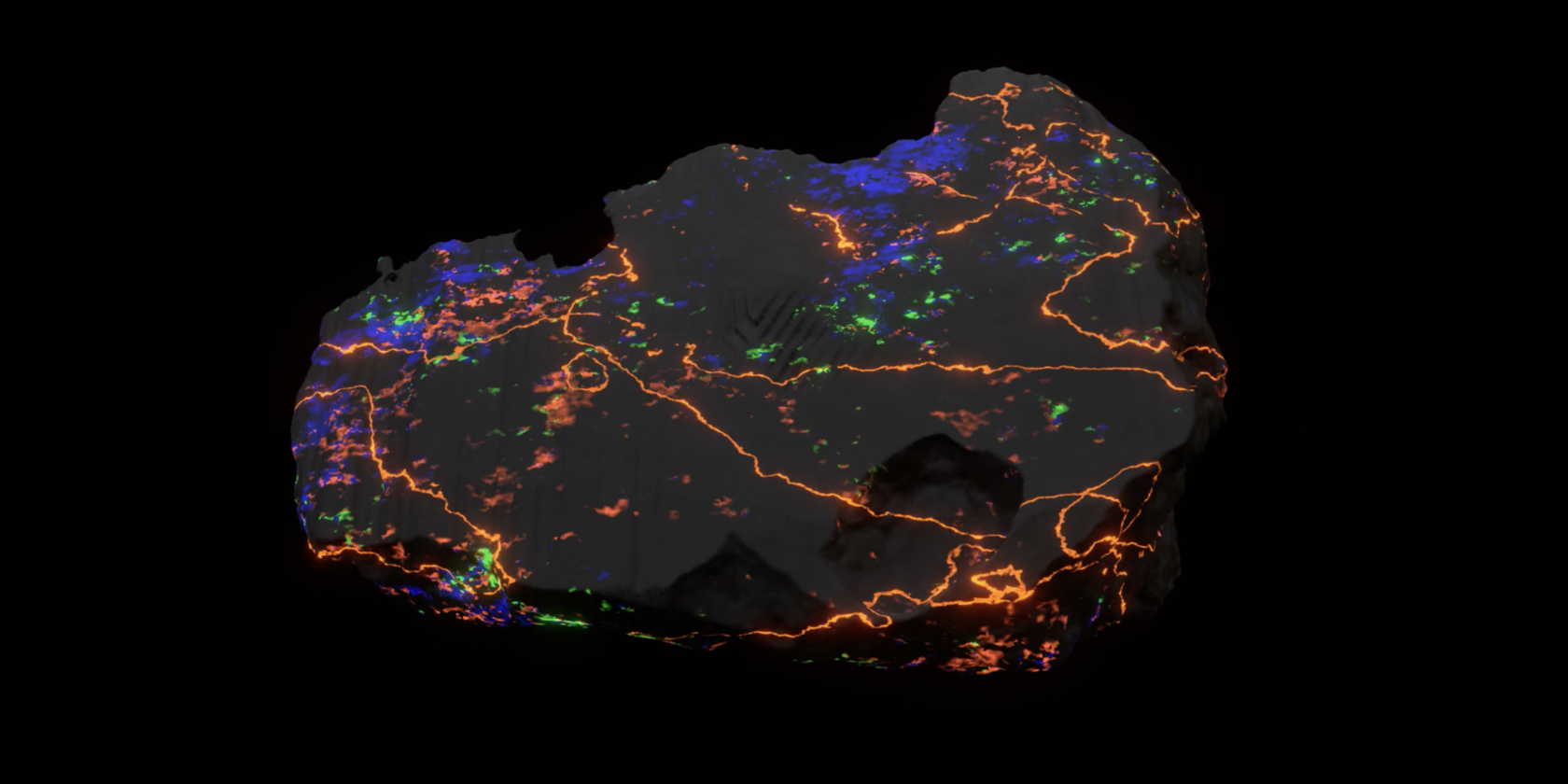As blockchain technology continues to reshape the art world, museums globally are engaging in the groundbreaking practice of acquiring and preserving NFT (Non-Fungible Token) and on-chain artworks. These digital assets represent not just a new medium for artistic expression but also pose unique challenges and opportunities for art institutions. Through innovative acquisitions and thoughtful preservation strategies, museums are at the forefront of exploring the intersection of art, technology, and conservation.
Pioneering Acquisitions
The journey into blockchain art by museums has seen a variety of approaches, from accepting donations to actively acquiring pieces that push the boundaries of digital and crypto art. Notably, the MAK Vienna's acquisition of Event Listeners by Harm van den Dorpel in April 2015 marked a significant milestone, becoming the first museum to utilize Bitcoin for art acquisition. This piece, cryptographically authenticated through the Bitcoin Blockchain, set a precedent for the inclusion of blockchain art in institutional collections.
Other institutions, such as the ZKM Center for Art and Media and the Whitney Museum of American Art, have expanded their collections with NFTs and on-chain artworks, embracing the digital age. These acquisitions range from digital visualizations and network analyses to conceptual pieces exploring the essence of ownership and identity within the digital and blockchain realm.
The Preservation Challenge
Preserving blockchain art presents a new set of challenges for museums. The digital nature of these works, coupled with the decentralized and immutable characteristics of blockchain technology, requires a reevaluation of traditional conservation practices. Museums must consider the technical infrastructure of blockchain networks, the mutability of digital files, and the long-term viability of the platforms these artworks reside on.
Key considerations include understanding the specific blockchain an artwork is minted on, the compatibility of future technological systems with current blockchain platforms, and strategies for documenting and preserving the digital components essential to an artwork's integrity. The preservation of blockchain art is not solely about maintaining the artwork itself but also preserving the ecosystem within which it exists.
Navigating Legal and Ethical Waters
Beyond the technical aspects, acquiring and preserving blockchain art also involves navigating legal and ethical considerations. The acquisition of an NFT by the Museum Francisco Carolinum Linz in June 2021 served as a self-experimentation on the legal implications of adding an NFT to a museum’s collection, highlighting the need for clarity in this new art form.
Furthermore, the donation of pieces like CryptoPunk 5293 to the ICA Miami underscores the evolving landscape of digital art donations, raising questions about the valuation, ownership, and display of blockchain-based artworks within institutional settings.
The Future of Blockchain Art in Museums
As museums continue to explore the acquisition and preservation of blockchain art, they contribute to the broader discourse on the value, meaning, and future of digital art. Initiatives like LACMA's Art Acquisition Fund for Digital Art by Women Artists and the wide range of artworks represented in the collections of institutions such as the Centre Pompidou and SFMoMa demonstrate the diverse and dynamic nature of blockchain art.
These efforts not only enrich museum collections but also pave the way for future best practices in the acquisition and preservation of digital art. With over 25 years of experience in Time-Based Media (TBM) art conservation, museums are well-positioned to adapt and evolve their conservation strategies to meet the demands of the digital age.
Conclusion: A New Artistic Epoch
The integration of blockchain art into museum collections marks a significant shift in the art world, challenging traditional notions of art ownership, conservation, and value. As museums adapt to this digital renaissance, they play a crucial role in shaping the future of art history, ensuring that today’s digital masterpieces are preserved for future generations to appreciate and study. The journey of blockchain art from niche to mainstream is not without its challenges, but it offers an exciting opportunity for museums to lead the way in defining the future of art in the digital age.
Want to go further?
Read our article on how the Whitney Museum of Art acquires time-based media and on-chain art.
Read our article on how to preserve on-chain for the long term.
Want to go further?
Read our article on how the Whitney Museum of Art acquires time-based media and on-chain art.
Read our article on how to preserve on-chain for the long term.
Illustration: "Sentimentite" by Agniezka Kurang (source)
